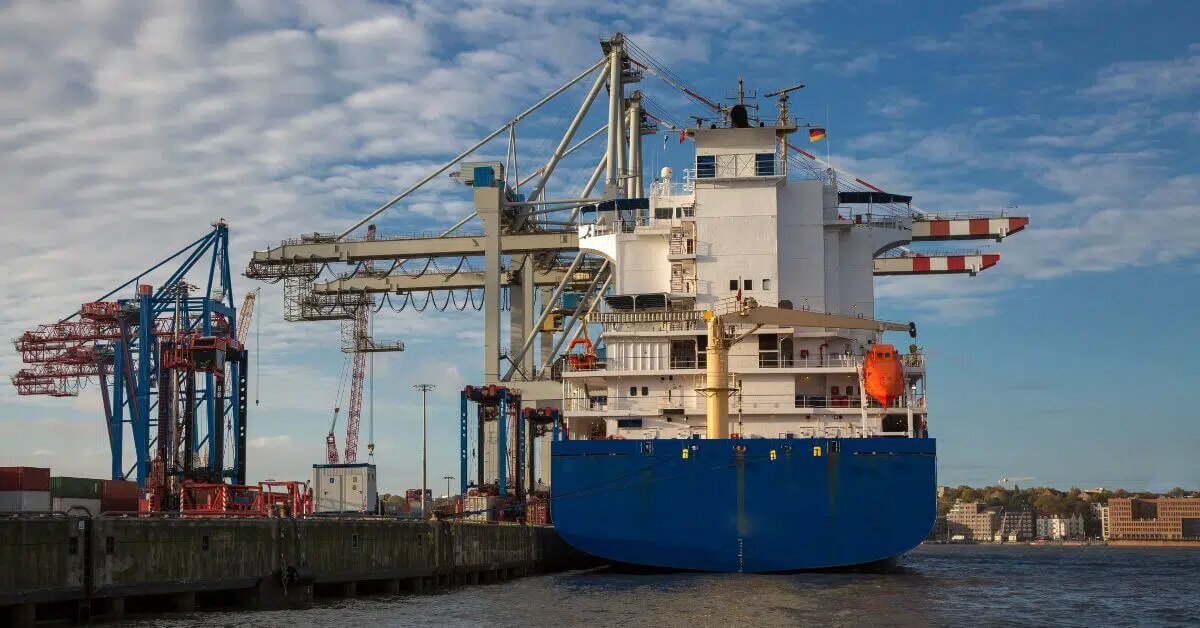BW LPG has provided an overview of the VLGC freight market in the first half of 2025, highlighting the impact of geopolitical events, shifting trade flows, fleet developments, and evolving freight rate dynamics.
According to BW LPG, the first half of 2025 was characterised by significant geopolitical events that impacted both freight rates and trading patterns. Spot rates for the Houston to Chiba route started the year around US$40,000 but began to decline gradually through the winter months. Milder winter temperatures in the US compared to recent years, however, supported export volumes and VLGC (Very Large Gas Carrier) earnings.
As freight rates strengthened going into April, the emerging trade war between the US and China had a dramatic effect on US LPG (liquefied petroleum gas) volumes destined for China. In just a few weeks, export volumes fell sharply, pulling spot rates down. However, this shock to the market proved short-lived, as excess US LPG production not consumed domestically is priced to clear in the international market. Consequently, export volumes continued to flow out of the US, finding new markets in different countries. Regular importers of US LPG increased their purchase volumes, while India emerged as a new buyer of significant US volumes. Overall, US LPG exports carried on VLGCs in the first half of 2025 grew by 7.1% compared to the same period in 2024.
Volumes exported from the Middle East on VLGCs increased by 0.6% in the first half of 2025, partly due to reversed OPEC+ production cuts. Like US exports, Middle East shipments were affected by the trade war, with export volumes shifting away from India towards China. This shift positively impacted ton-mile demand and led to higher freight rates. Additional support for spot earnings was observed in June when geopolitical uncertainty and a heightened risk of closure in the Strait of Hormuz drove VLGC rates higher.
Despite the rapid rebalancing of LPG trades, overall rates for the first half were significantly lower than that of the same period of 2024.
Following the end of the first half of 2025, the reshuffling of trading patterns began to revert to normal. Chinese LPG imports from the US increased in July, although from a low baseline. In contrast, Indian imports from the US decreased significantly, and Middle Eastern exports began to stabilise, returning to a more balanced distribution between India and China.
As we moved into August, demand for pre-booked Panama Canal slots has been stronger than usual, resulting in fewer canal transit auctions and fees considerably above typical levels. In response, several VLGCs have been rerouted away from the Panama Canal to take the longer route via the Cape of Good Hope. While conditions in the Panama Canal can change rapidly, the effects of vessels sailing around the Cape can last for months.
So far in 2025, seven new VLGCs have been delivered, with an additional seven expected by the end of the year. Currently, there are 111 VLGCs on order, representing 27% of the existing fleet.
Established shipyards have indicated they will not be able to deliver new VLGCs before late 2027.
Freight rates have rebounded from their lowest point earlier this year to levels exceeding US$70,000 per day, supported by sound fundamentals and existing trading inefficiencies.
Looking ahead, we expect fluctuations in the spot market driven by weather changes, geopolitical developments, Panama Canal availability, and other factors to affect the VLGC market.
Expectations for North American LPG export growth are projected to be in the mid to high single-digit percentage range over the next three years, largely supported by the onboarding of new export terminals. Additionally, Middle Eastern LPG exports are anticipated to grow in the same range in the coming years, fuelled by increased gas production from new projects in Qatar, Saudi Arabia, the UAE, and other countries in the region.
Moreover, run rates at Chinese PDH (propane dehydrogenation) plants have returned to pre-trade war levels. A continued robust demand in China, together with new export capacity coming online in the US, will likely contribute to a constructive US-Far East arbitrage, which is positive for shipping.
The Ras Tanura-Chiba Forward Freight Agreement (FFA) market for the remainder of 2025 is currently reflecting earnings at the lower range of US$60,000 per day, albeit with limited liquidity.





